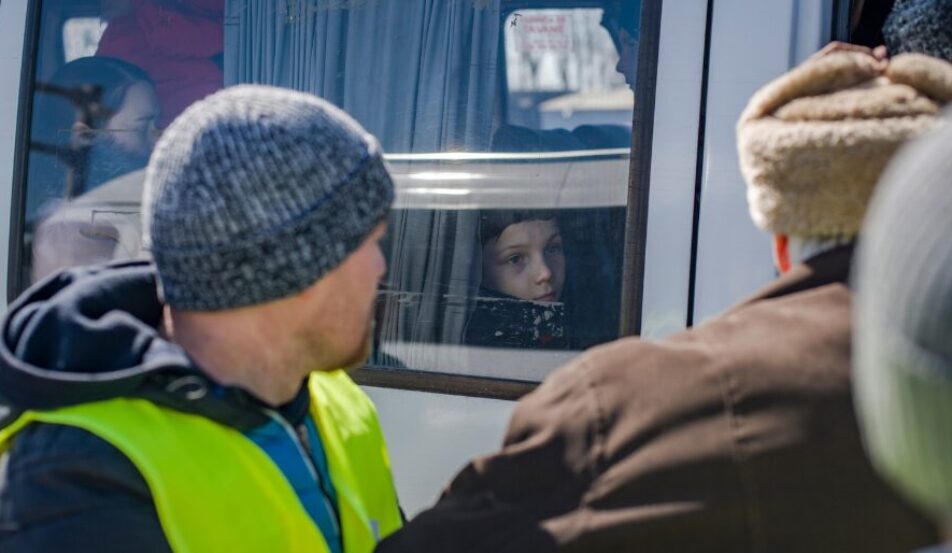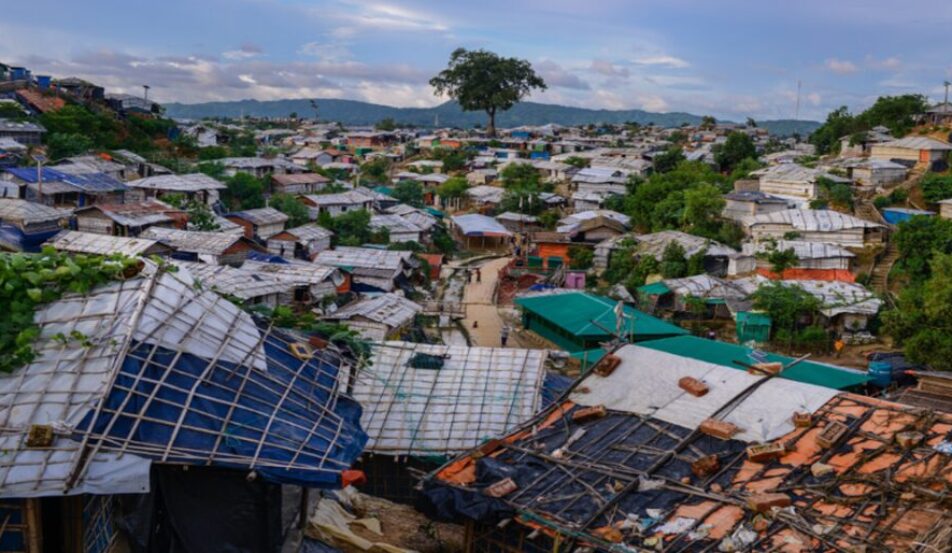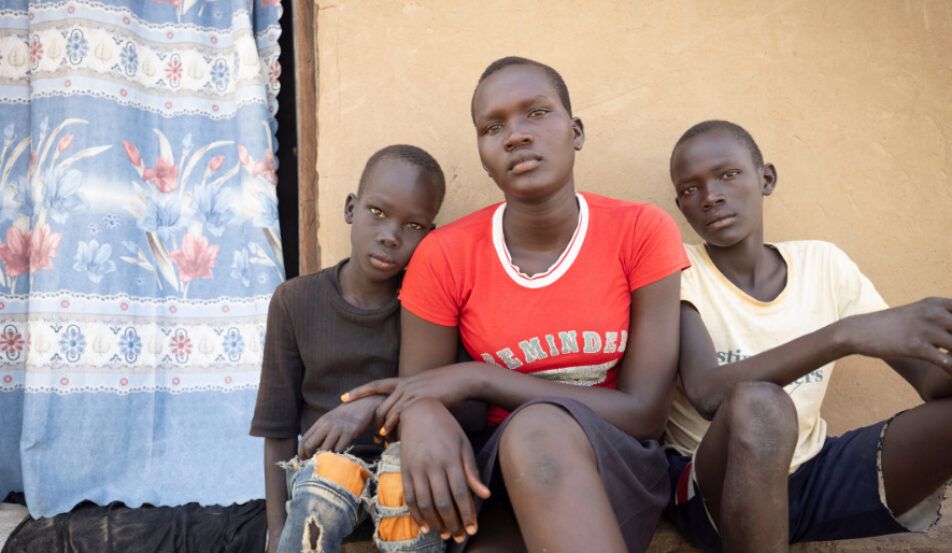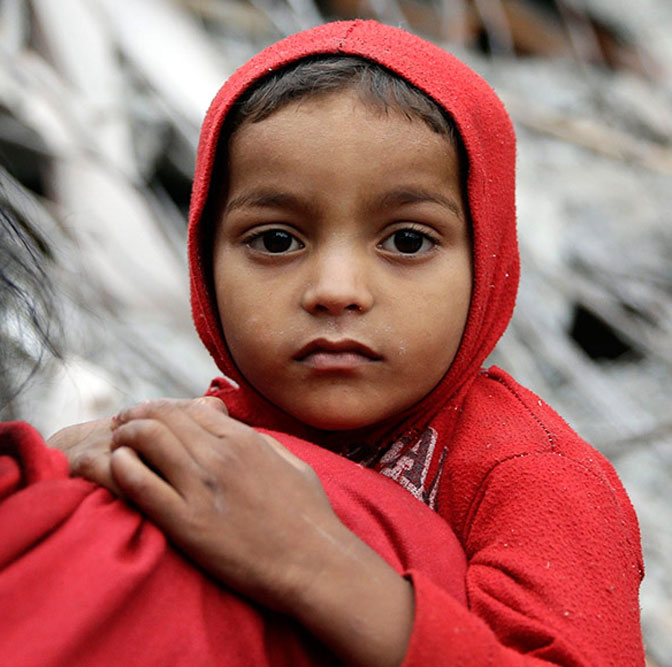How does war and conflict impact children?
Conflicts and war can have a profound and enduring impact on children. From physical wounds to emotional scars, conflict and war can affect a child on many levels.
Around the world, more than 420 million children – or one in six children – are living in a conflict zone. Millions more are living in a country affected by conflict.
Below are the different ways in which conflict harms children and how, together, we can help alleviate its impacts.
Photo above: Giovanni Diffidenti / WeWorld
Where Children are Impacted by War and Conflict
Children around the world – from Ethiopia to Afghanistan and Ukraine – are without food, clean water, shelter and protection.
In Ukraine, an average of at least two children have been killed or injured every day since Russia’s invasion began in February 2022. Millions more children have fled their homes and are living in temporary shelters in Ukraine and neighbouring countries. Thirteen-year-old David remembers when the shooting first began in his town, near the capital Kyiv.
In Afghanistan, the impact of conflict on children has been compounded by the effects of drought, food shortages and poverty. Restrictions and limited work opportunities have made it difficult for women to earn an income; widowed and single mothers and their children are hungry.
There are many more countries that are facing war or conflict right now; in every case, children are the most vulnerable.
The Impacts of War and Conflict on Children
Children caught up in conflict are often deprived of food, protection, education, and their childhood. Many families who have fled their homes have no way of earning an income, so cannot access food, clean water, or health care. Without assistance, children are more likely to face hunger, sickness and disease.
According to the United Nations (UN), there are Six Grave Violations against children during armed conflict.
- Killing and maiming of children
- Recruitment or use of children as soldiers
- Sexual violence against children
- Abduction of children
- Attacks against schools or hospitals
- Denial of humanitarian access for children
Between 2005 and 2022, the UN verified 315,000 grave violations against children in conflict.
Children who have been forced to leave their homes because of war and conflict are often without alternative shelter and cannot go to school. This puts them at a higher risk of abuse and exploitation. Displaced girls and women, and unaccompanied children, are particularly at risk.
Exposure to violence, and constant fear and uncertainty caused by war and conflict, can have negative, long-term impacts on children. This includes a child’s psychological, emotional, and social development. Poor development in these areas can affect a child’s ability to learn and, in turn, their job prospects in the future. This means, for a child living in poverty, conflict will perpetuate the cycle of disadvantage in their family.
What can I do to Help Children in Conflict?
At ChildFund, we are working with local partners on the ground in conflict zones and conflict-affected communities to help children and their families survive and begin to recover from the impacts of war.
A donation to our Children in Conflict appeal can help provide food, clean water and health care to displaced children and their families.
It can also help create safe spaces for children, where they can play and experience a sense of normality amid the turmoil and uncertainty caused by conflict. These spaces also offer counselling for children to help them cope and recover from the psychological, social, and emotional impacts of conflict.
To help even more children, you can donate monthly to ChildFund Australia. A regular donation allows us and our local partners to quickly respond to conflicts and crises, as well as continue the long-term work that supports children and young people to be safe, healthy, and educated.
Or, round up your colleagues and give back together through workplace giving.






